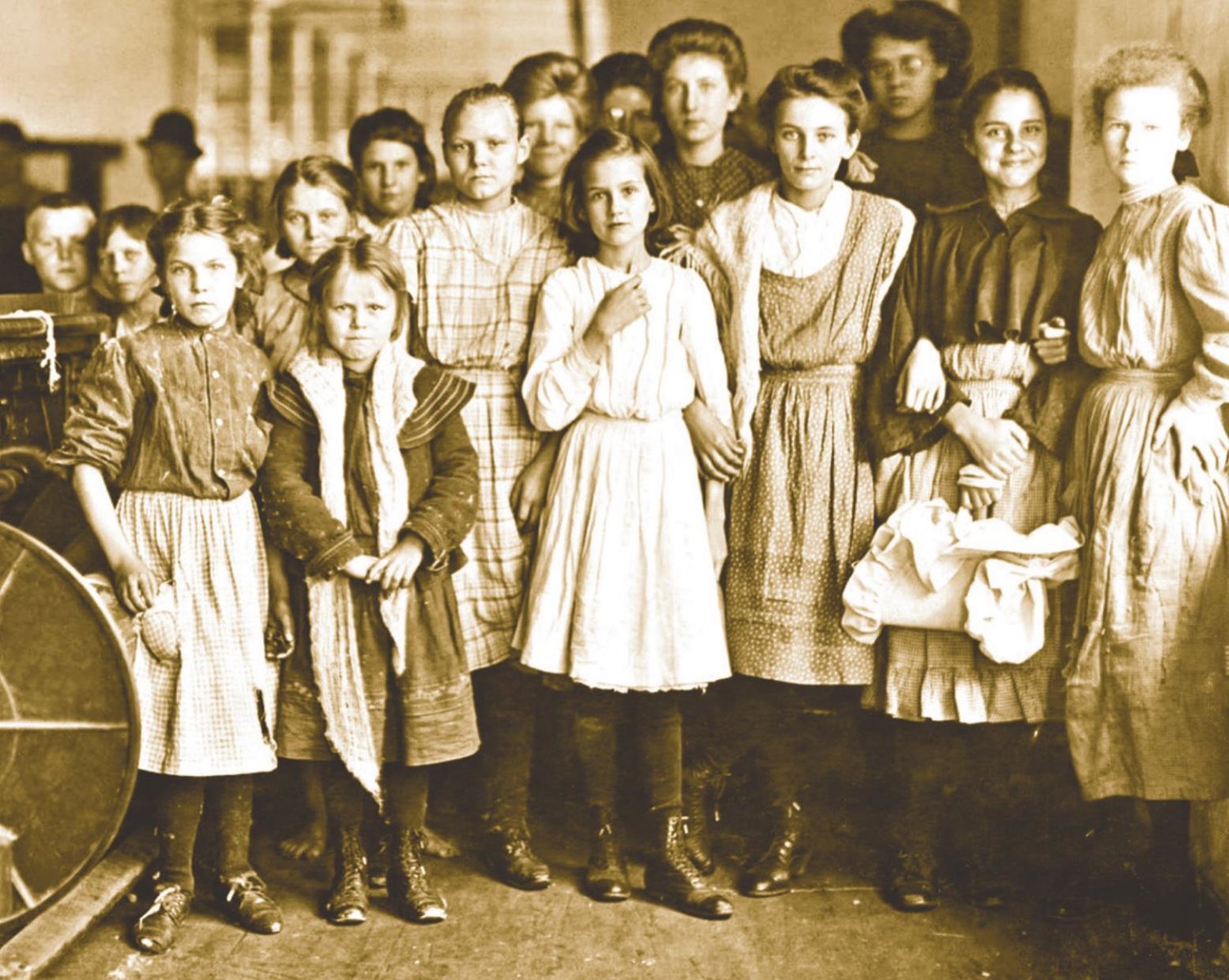Lexington’s water-powered mills
In Lexington’s past, its creeks hummed with activity created by water-powered wheels of grist, flour and lumber mills.
The invention of the cotton gin and faster turbines changed mill work …
This item is available in full to subscribers.
Subscribe to continue reading. Already a subscriber? Sign in
Get 50% of all subscriptions for a limited time. Subscribe today.
Please log in to continueNeed an account?
|
Lexington’s water-powered mills
In Lexington’s past, its creeks hummed with activity created by water-powered wheels of grist, flour and lumber mills.
The invention of the cotton gin and faster turbines changed mill work dramatically.
In 1868, an earthen dam was built on the Red Bank Creek for a small water-powered cotton yarn mill at the summer home of Dr. William F. Green, a Columbia druggist.
Dr. Green’s son managed the mill. Improvements were made in 1872 and business grew. John Green recruited workers from the Sand Hills south of Lexington. Many left farms to work in the cotton mill.
They rented their farms for up to $100 a year and moved into mill cottages at 26 cents a week with pay of about $600 a year.
In 1886, Red Bank Mill fell on hard times and was sold on court order to John R. London of Rock Hill. This mill burned in 1894. And many of its workers went to Lexington Manufacturing Company.
Red Bank Mill was rebuilt as Saxe Gotha Mill. Some believe Queen Wilhelmina of the Netherlands may have owned this mill.
The old cotton mill at the foot East Main Street in Lexington dates from 1891 when W. Pickens Roof built Lexington Manufacturing Company. The growth of the textile industry during the latter part of the 19th Century helped ease the financial woes created by the Civil War.
A bleak side of this prosperity cannot be ignored. Exploitation was common in this and other similar systems, but was accepted because of hope for a better way of life.
The utopian mill village contained cottages, an infirmary, churches, schools, teachers and recreation facilities.
In 1912, 7,490 South Carolina school children under the age of 16 worked in the mills as doffers in spinning rooms making 30 to 50 cents a day. By 1935, US child labor laws ended this practice.
These tarnished mills once vital to Lexington’s economy await a brighter future.
Other items that may interest you







Comments
No comments on this item Please log in to comment by clicking here